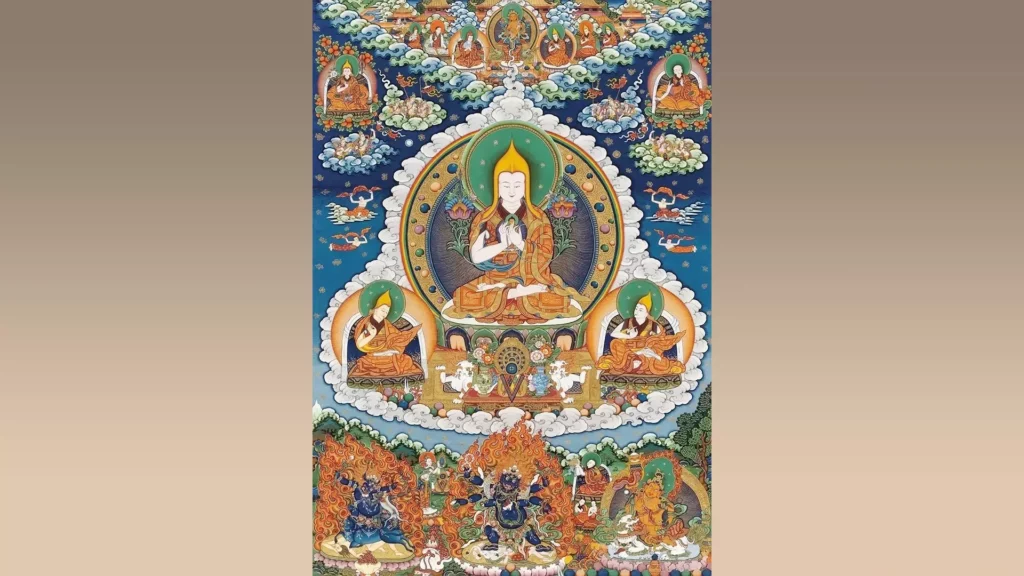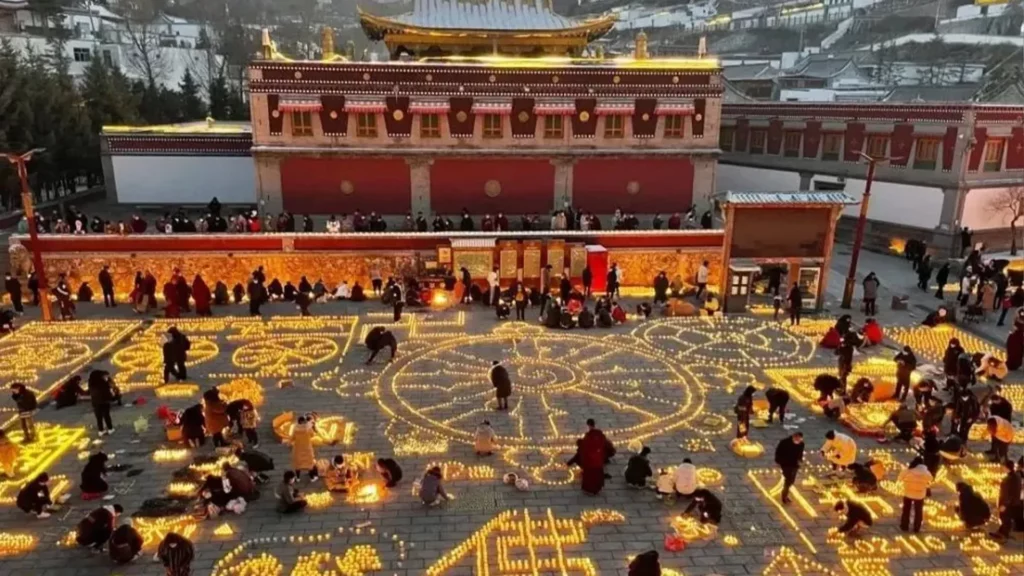Tsongkhapa (1357-1419), also known by his ordained name Losang Drakpa, was born in Huangzhong County, Qinghai Province (near Kumbum Monastery, also called Ta’er Temple). He was called Tsongkhapa in honor of Tsongkha, his birthplace in Tibet.
A great name as well as a revered figure in Tibetan Buddhism, Tsongkhapa is known for not only being profound in Buddhist knowledge and practices, but also for his great skills in debating and writing. Not only was he regarded as a theorist of Buddhism, but also a revolutionary in religious studies. He was also the founder of the Gelug School, the most influential school in Tibetan Buddhism. For his achievements, he was regarded as “The Second Buddha.”
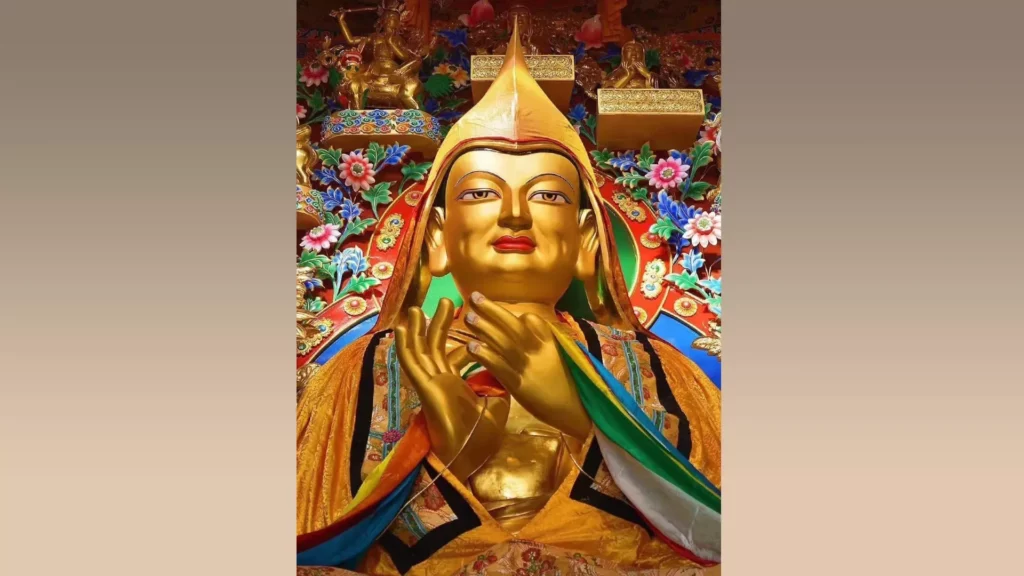
Achievement at a Young Age
Unlike most ordinary children, Tsongkhapa was truly blessed and gifted at birth; he was always curious about his environment and was always eager to learn. At the age of seven, he was sent to Xiaqiong Temple to live as a novice monk and learn the teachings of Buddhism for nine years. It was during that period that he built up a solid foundation of Buddhist knowledge. He left Qinghai Province at the age of 16 and headed to Tibet to further his studies in different monasteries and Buddhist schools. Thanks to his profound understanding and the aptitude he was blessed with, he had already accumulated an extensive knowledge in Buddhism at a very young age. With his sharp, logical and critical thinking, backed up by his profound understanding of Buddhism, he was able to do well while participating in sutra debates in different Buddhist schools and gained tremendous fame in Tibetan Buddhism.
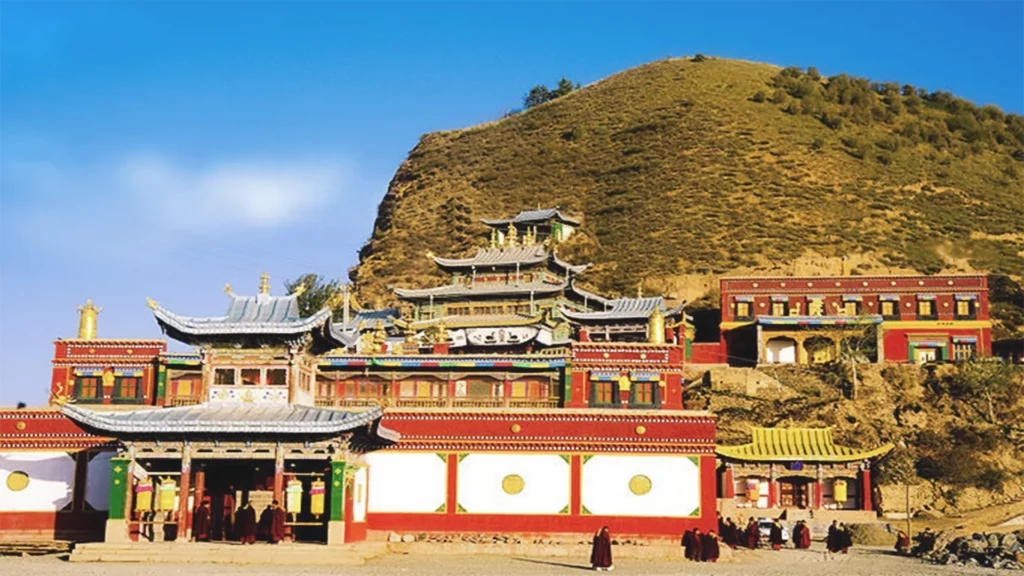
The Revolution of the Gelug School
At that time, the development of Tibetan Buddhism was not as smooth as expected, mainly due to the confusion about following the set precepts caused by vague instructions and poor management. To restore Tibetan Buddhism, Tsongkhapa founded the Gelug School with a trademark of wearing yellow hats. The school made adherence to precepts a priority and focused on self-cultivation practices; it corrected every mistake made by older schools at that time and pushed Tibetan Buddhism on the right track of development. By giving Tibetan Buddhism a new image, Tsongkhapa was regarded as a leader of the spiritual world.
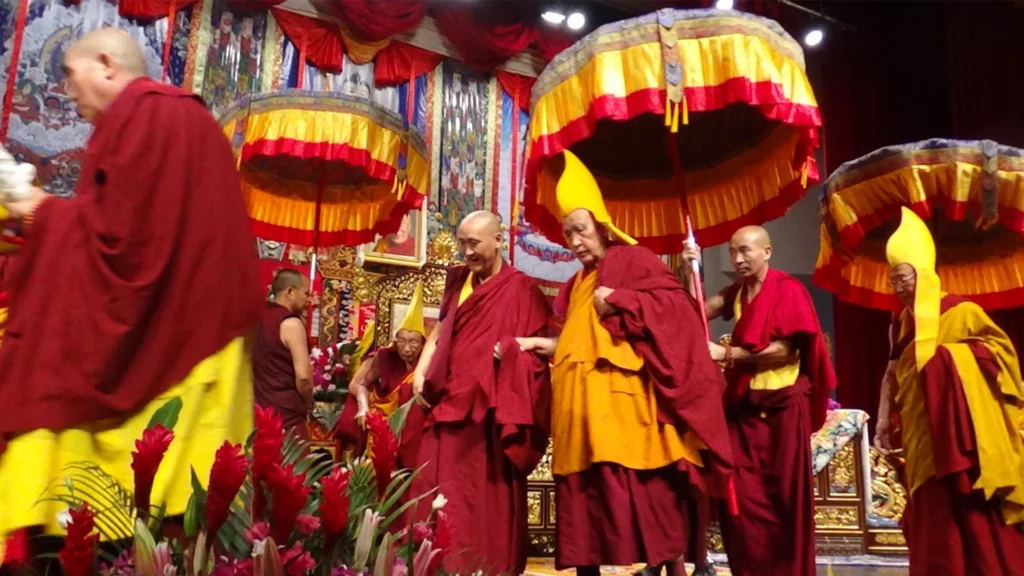
To further promote Tibetan Buddhism, Tsongkhapa ordered the construction of Ganden Monastery, which served as the main building for the Gelug School. He also wrote nearly 170 classics, with some famous major works such as The Great Treatise on the Stages of the Path to Enlightenment and The Great Exposition of Secret Mantra. These classics cover not only thorough explanations of Buddhist cultivation methods, but also ways to incorporate the systematic approach of Buddhism in life.
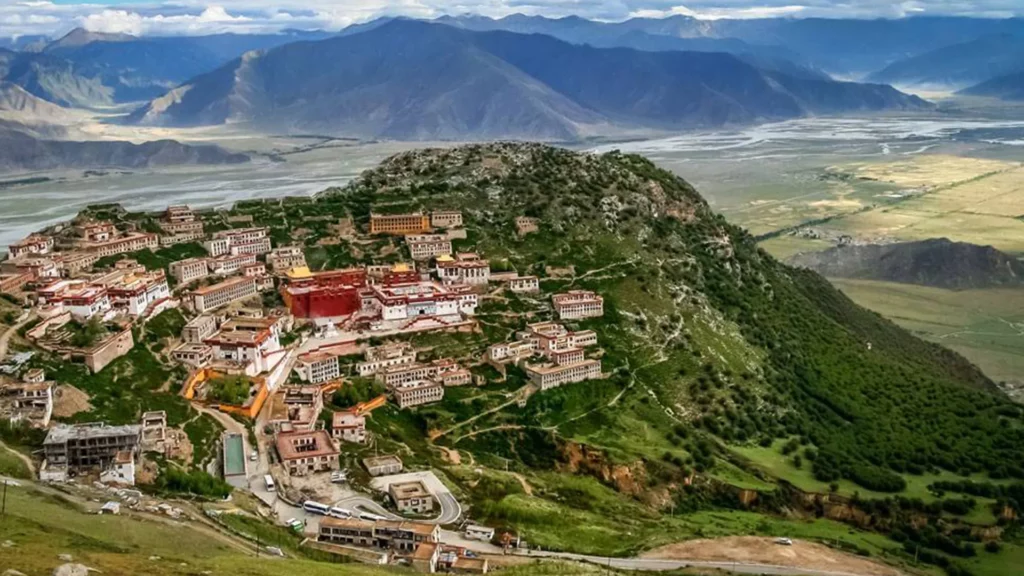
The Spirit Lives On
In his quest to promote Buddhist teachings, Tsongkhapa gave everything he had. Throughout his 47 years of spreading Buddhism, he never returned to his home village. It was his noble aspiration and sacrifices that made Tibetan Buddhism prosper for more than 600 years.
As the most revered figure of Tibetan Buddhism, Tsongkhapa’s name was praised throughout Tibet, and his statues and portraits were worshiped in every temple and monastery in Tibet. “Lama Tsongkhapa Day” is celebrated on the 25th day of the 10th month of the Tibetan calendar to commemorate the passing of Tsongkhapa. The celebration sees Buddhist practitioners offering butter lamps that burn from morning to night and praying to him for the blessings of wisdom, happiness and auspiciousness.
